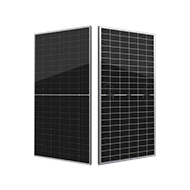Seraphim Supplied Shingled-cell Modules for China's First 5MW PV Power Plant
Date:Jan 19, 2018
Changzhou, China, Jan. 2018. — Thefirst ground-mountedsolar plant using shingled-cell modules, also known as the Zhaiheyuan Project,was successfully connected to the grid in Jiyuan, Henan Province. At 5 MW, the Zhaiheyuan Project is also the biggest solar projects using innovative shingled-cell modules, which are all made by Jiangsu Seraphim Solar System Co., Ltd. (hereafter referred to as “Seraphim”).

⠀
Developed by Henan Nuanhuang Photovoltaic, Zhaheyuan Projectnow generatesannual electricity exceeding 7 million kWh, using a total of 16,000 Seraphim 300W PolyEclipse™ modules. After the project is completed, carbon dioxide emissionswillbe reduced by 7781 tons each year.
⠀

⠀
Zhaiheyuan is a village of relocated residents from River Mouth Reservoir. On the day the project was connected to the grid, the local Secretary of JiyuanMunicipal Party committee,as well asthe Minister of Immigration, attended the commissioningceremony. Leaders from the Municipal Party Committee commented on howclosely related environmental reform is to the realization of a more beautiful China. Zhaiheyuan’s 5MW solar plant will not only help meet local resident’s demand for electricity during peak hours, but it also symbolizesthe best in national standards and workmanship.
⠀

⠀
The Seraphim Eclipse™ high-efficiencymodule selectedforthis project iswidely recognized in the solarindustry for its innovation and value. Eclipse™’scumulative installed baseat home and abroad now surpasses120MW. After passing rigorous tests in May 2016, the Eclipse™ series has emerged as theworld’s first TUV SUD certificated high-performance module using shingled-cell technology. Compared tostandard modules, its power output is at least 15% higher. Currently, Mono Eclipse™ achieves 325W output power and 19.1% solar energy conversion efficiency, while Poly Eclipse™ achieves 305W and 17.9%. PV plants using Eclipse™modules will use8% less land, and proportionally less labor and BOS costs.
Others
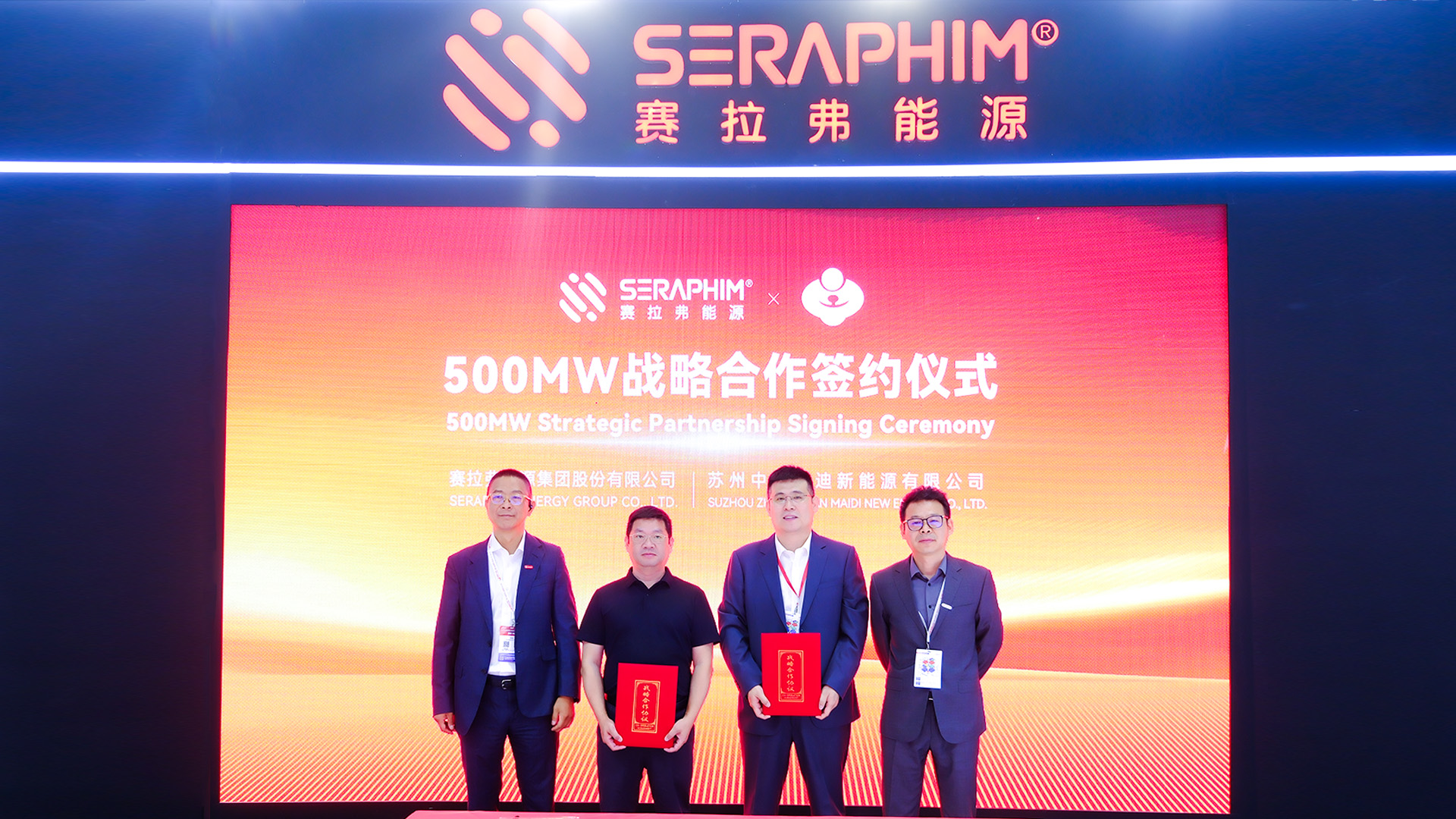
Seraphim Forged 500MW PV Module Strategic Partnership at SNEC 2025
2025-06-12
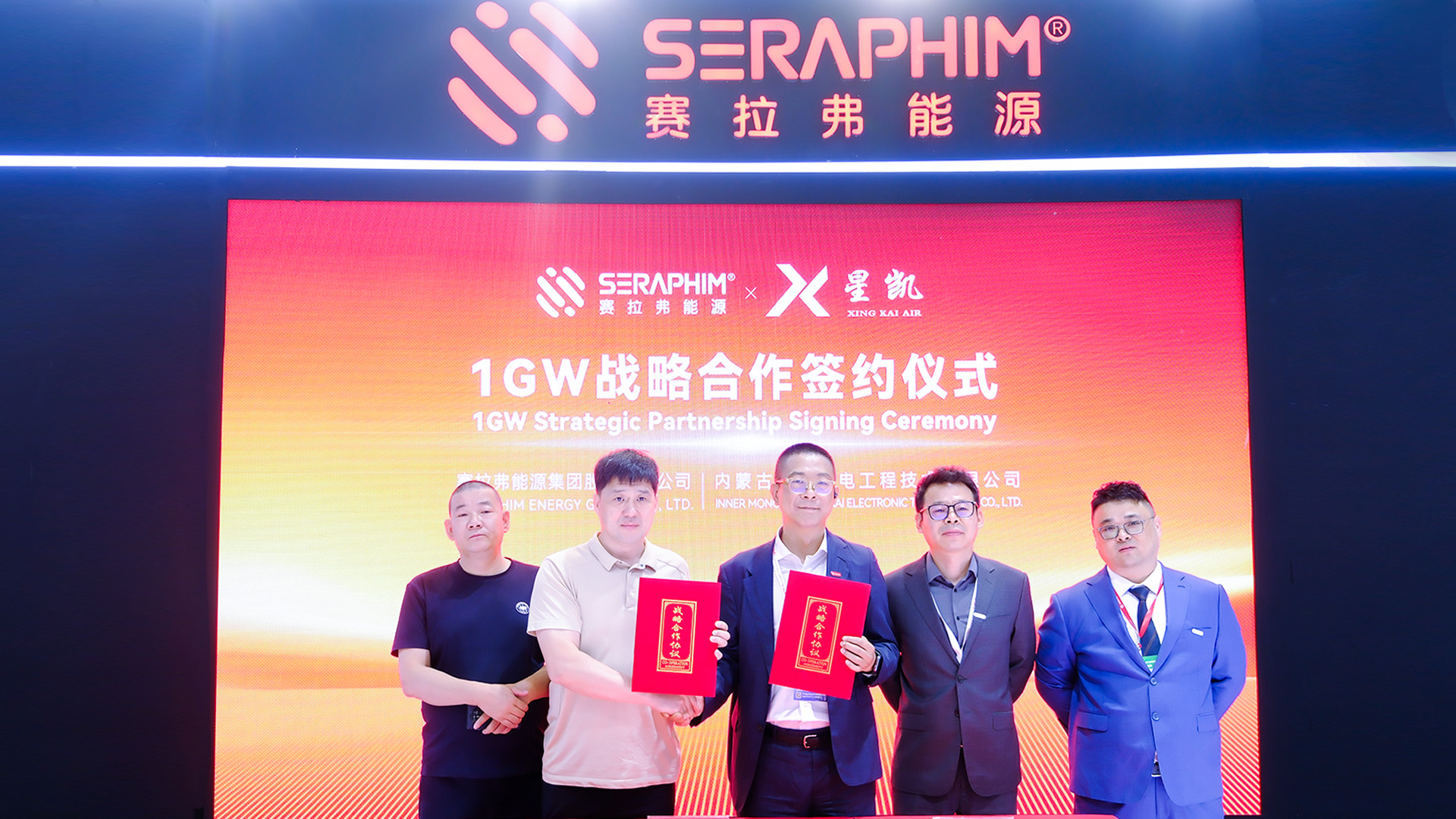
Seraphim Signed 1GW PV Desert Control Project Agreement with Xingkai Electronic at SNEC 2025
2025-06-12
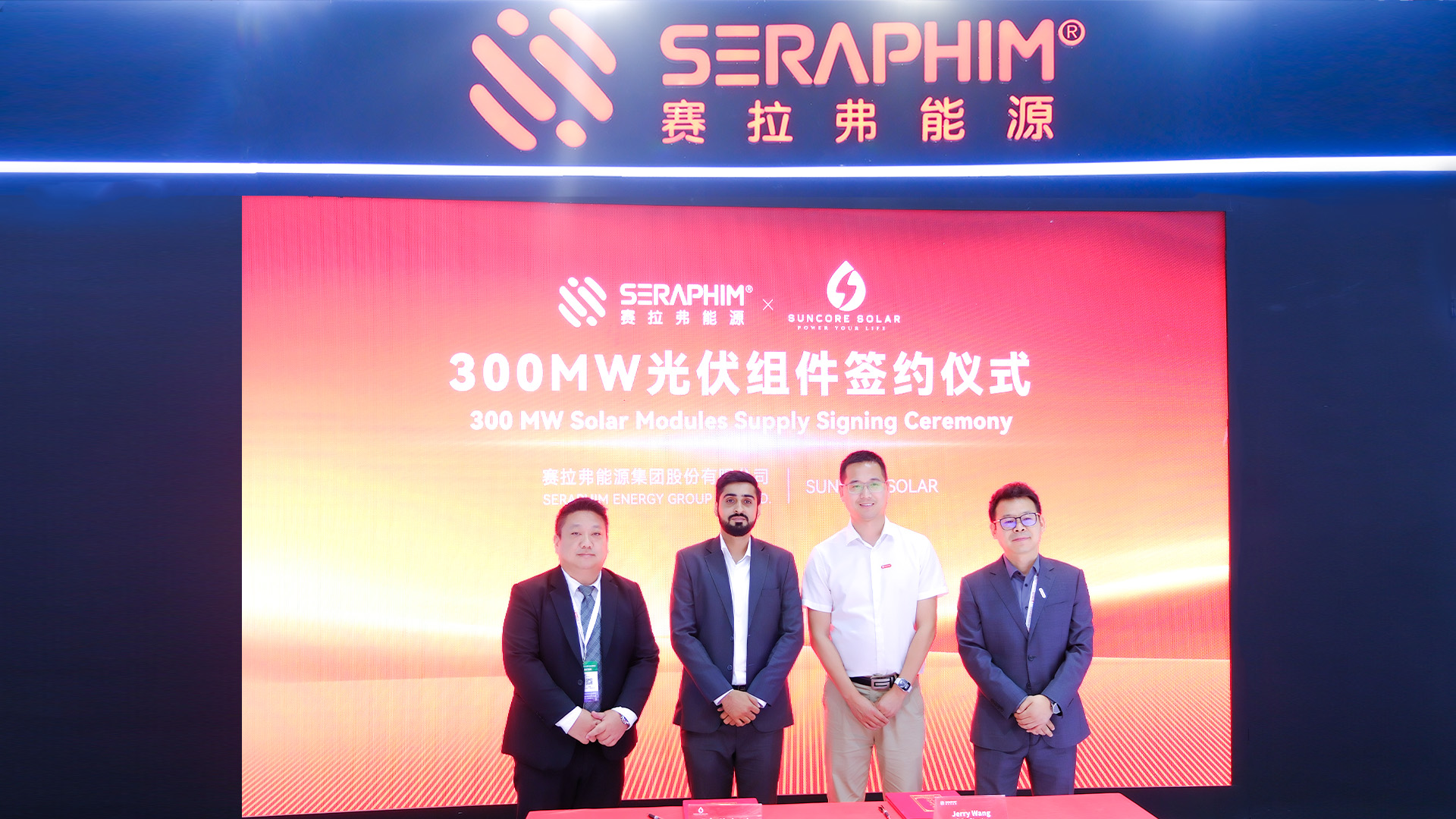
Seraphim Signed 300MW Solar Module Supply Agreement with Suncore Solar at SNEC 2025
2025-06-12
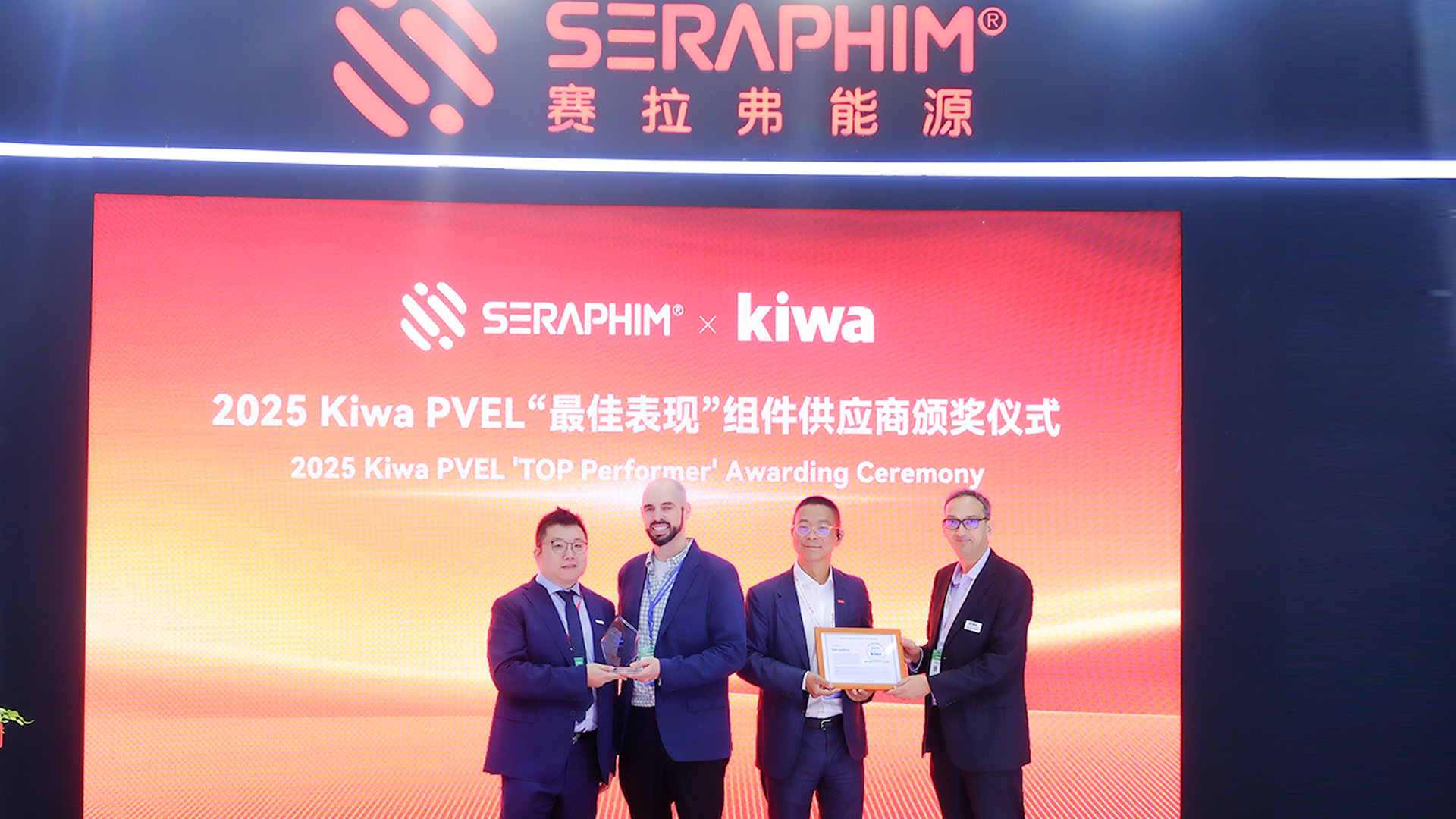
Seraphim Awarded 'Top Performer' in Kiwa PVEL's 2025 PV Module Reliability Scorecard for Sixth Time
2025-06-11
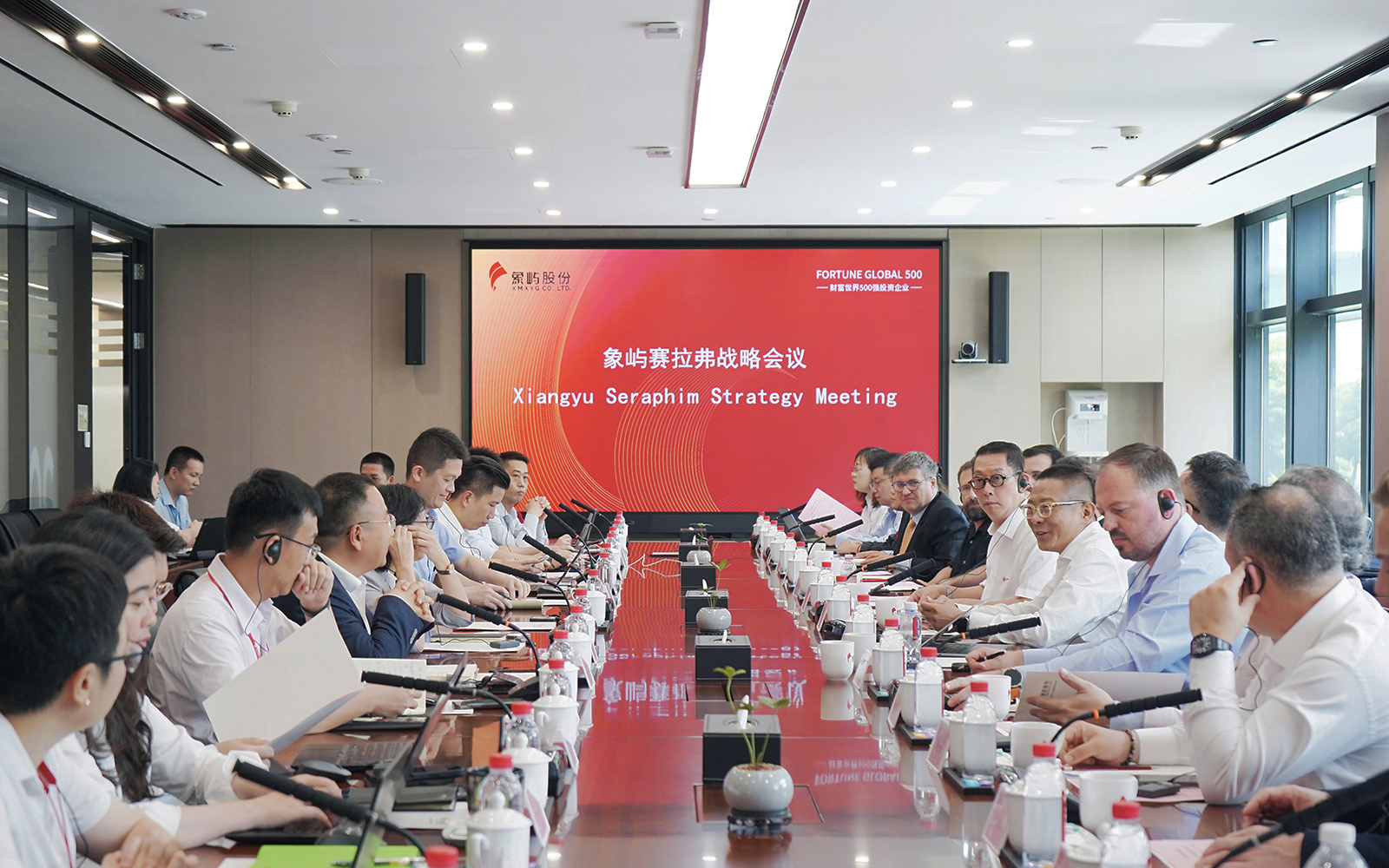
Seraphim and XiangYu New Energy Deepen Strategic Cooperation to Accelerate Global Solar-Storage Expansion
2025-06-09
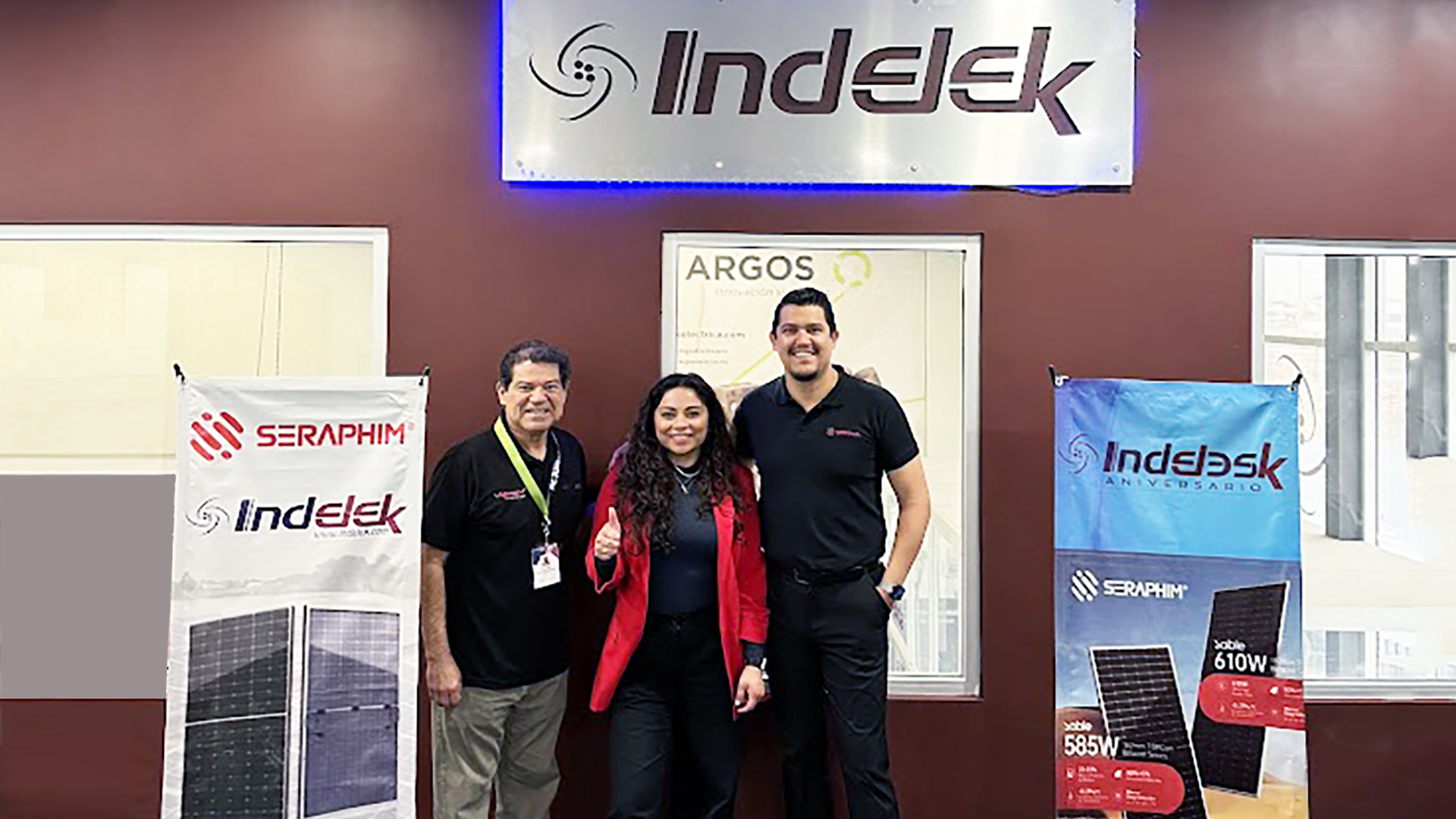
Seraphim and Indelek Forge 10MW Solar Partnership to Power Border Region
2025-05-15




